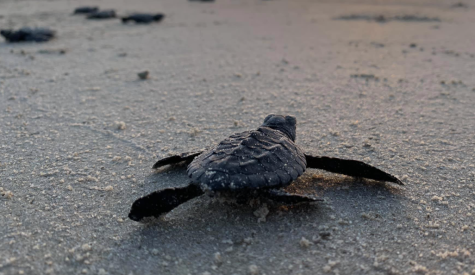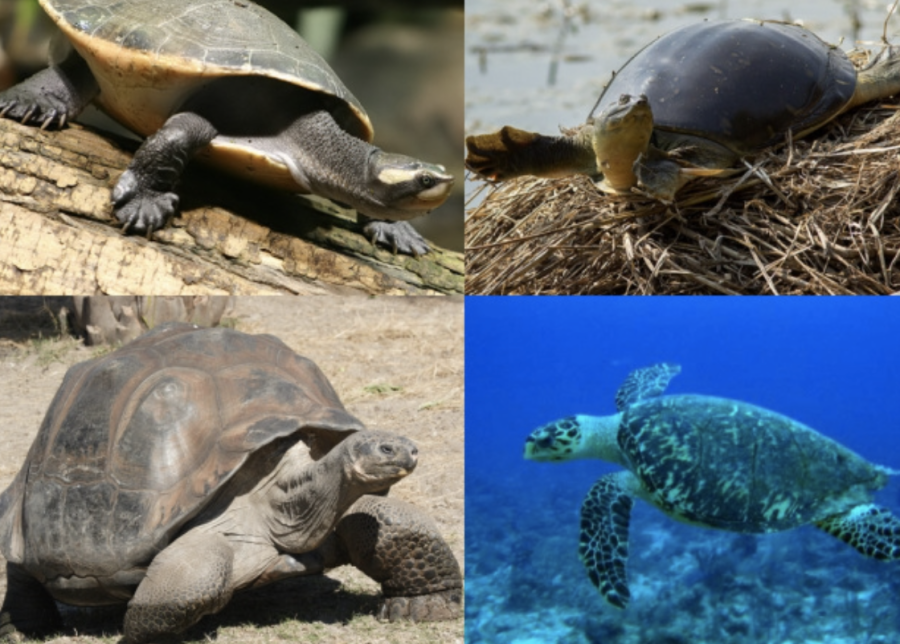Getting to Know Turtles
Turtles Diet
Some turtles devour caterpillars that become entangled in the plants they consume. They graze on grass or chew on surrounding bushes and shrubs’ leaves. Invertebrates form a part of the diet of a few turtle species that eat fruits. There are species-specific diets. Carnivorous, herbivorous, or omnivorous sea turtles exist. The jaw form of several species shows what they eat. Some animals’ eating habits change as they get older. Green sea turtles, for example, are mostly carnivorous until they reach juvenile size, at which point they switch to a herbivorous diet.
Lifespan
The lifespan of a turtle varies greatly depending on the species. A common pet turtle can live for ten to eighty years, but larger species can easily live for over a century. Large land tortoises and marine turtles can live for hundreds of years. They can live for 150 years or more. Large turtles, on the other hand, have been said to live for 400 to 500 years! Many researchers are not 100% sure with the information due to the fact that they aren’t there when all the turtles are born which makes it difficult for their research to be on point.
Fun Facts
Some interesting and fun facts about turtles are,
- Sea turtles lay their eggs in a sand nest that they dig with their back flippers. A clutch is a collection of eggs.
-
Sand temperature is very important
-
Hawksbill turtles use their beaks to help extract their favorite prey.
 Leatherback sea turtles have existed in their current form since the age of the dinosaurs
Leatherback sea turtles have existed in their current form since the age of the dinosaurs-
Sea turtles are deep divers and can stay underwater for long periods of time.
Reproductive/Mating
The turtles’ reproductive activity is normally seasonal. The breeding season coincides with annual weather variations for the majority of species. The most prevalent trend for turtles is in the spring, when the length of the days begins to lengthen particularly in moderate and hotter climates. Reproductive activity can coincide with rising day length and warmth for most temperate turtles, although it can occur late in the dry season or early in the rainy season for many tropical species.









